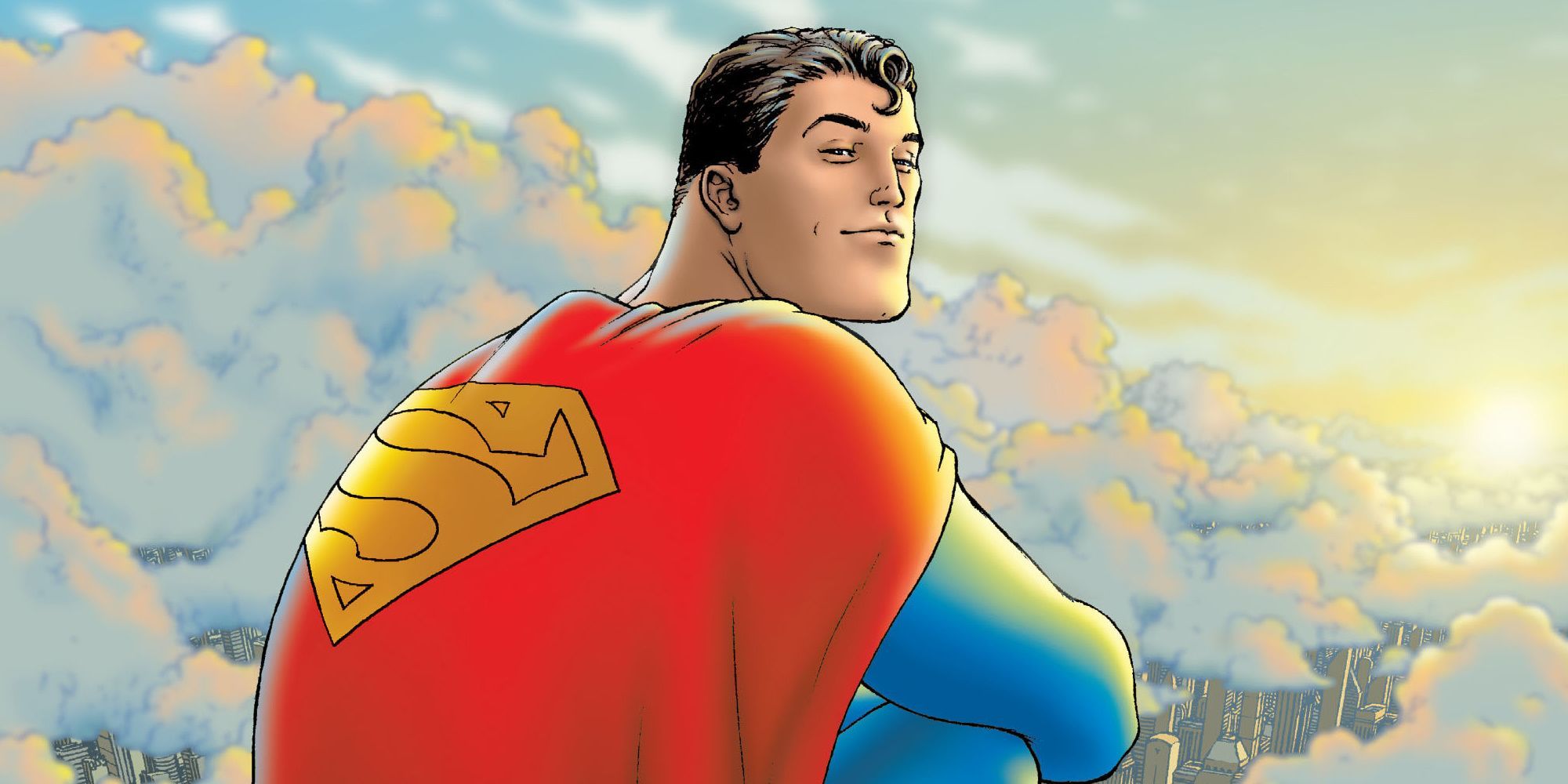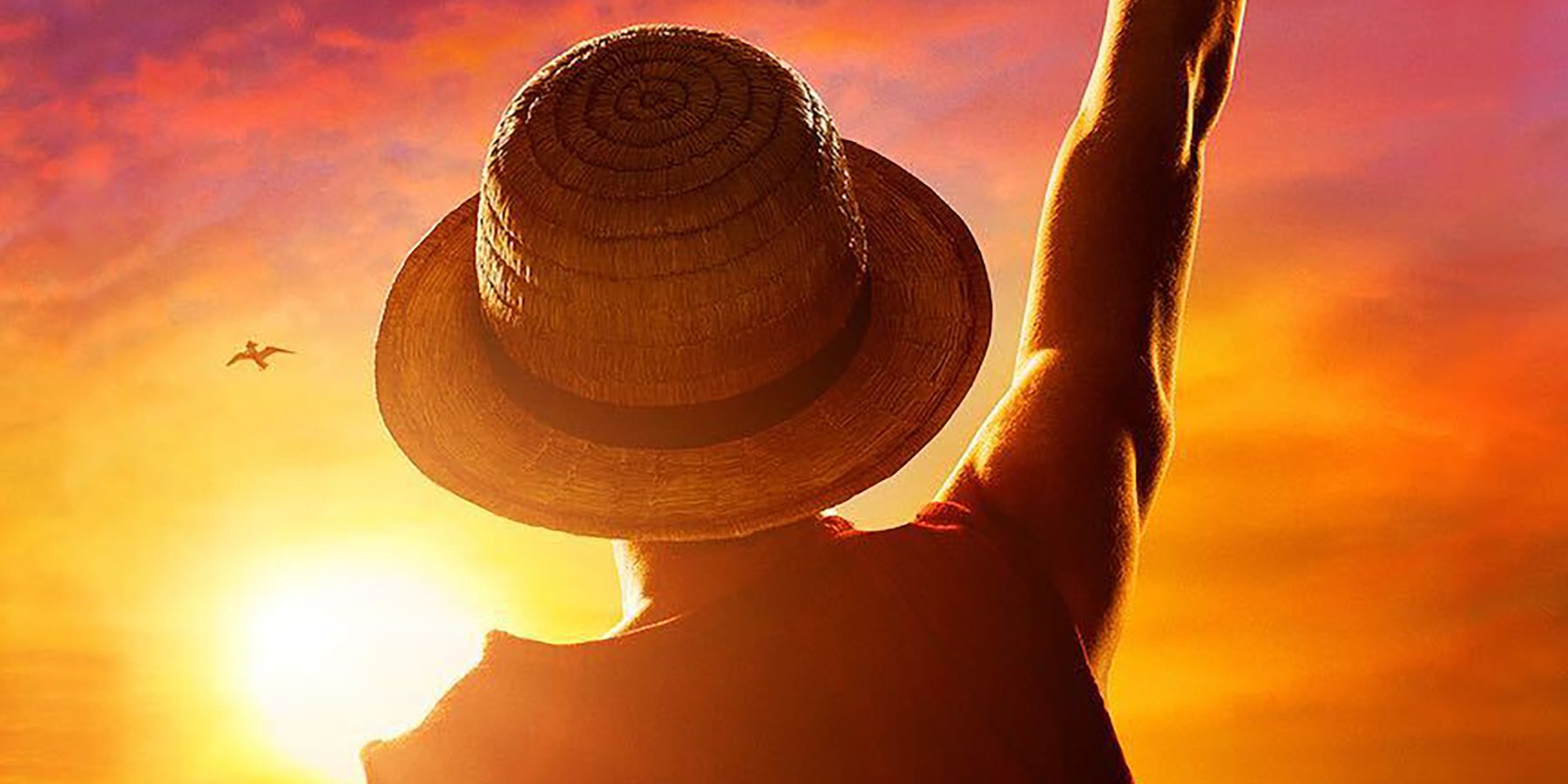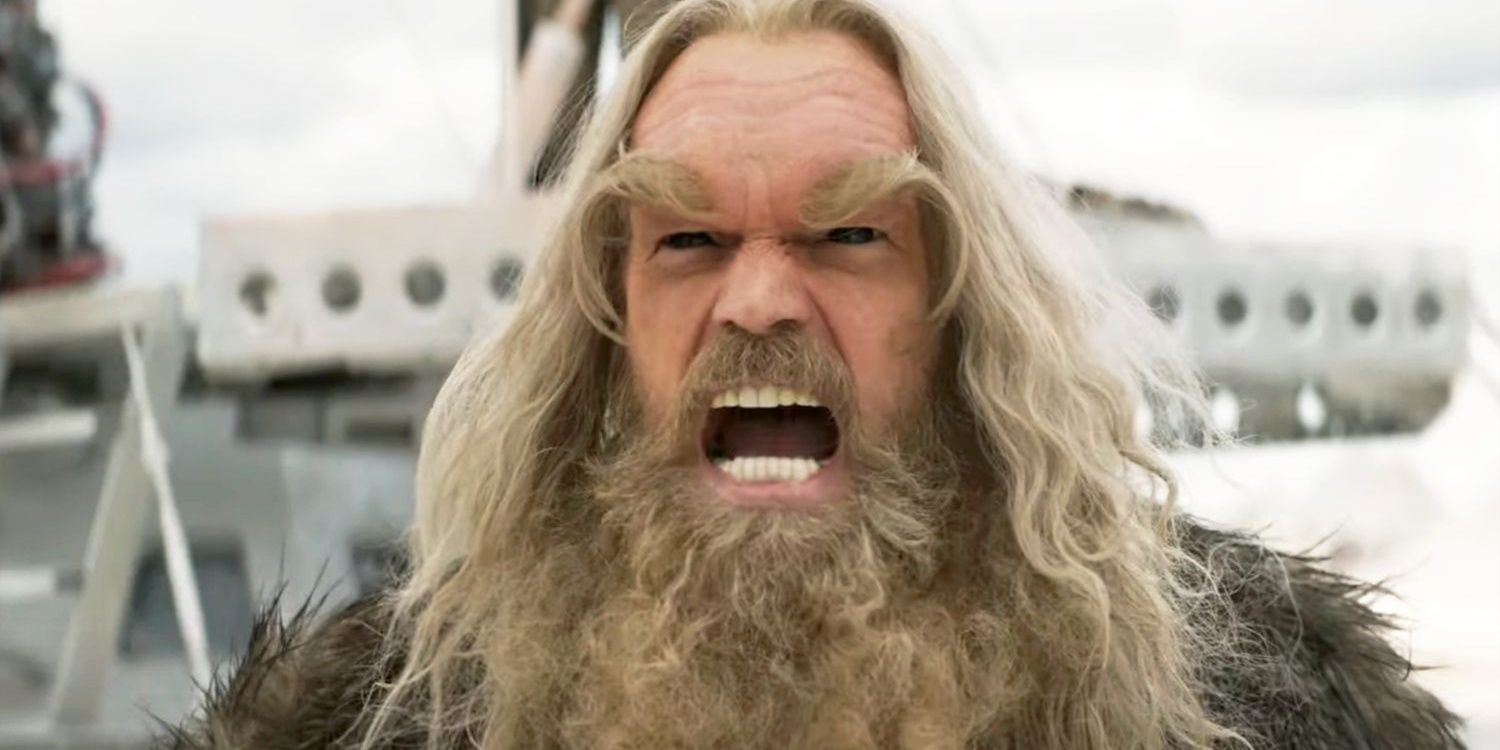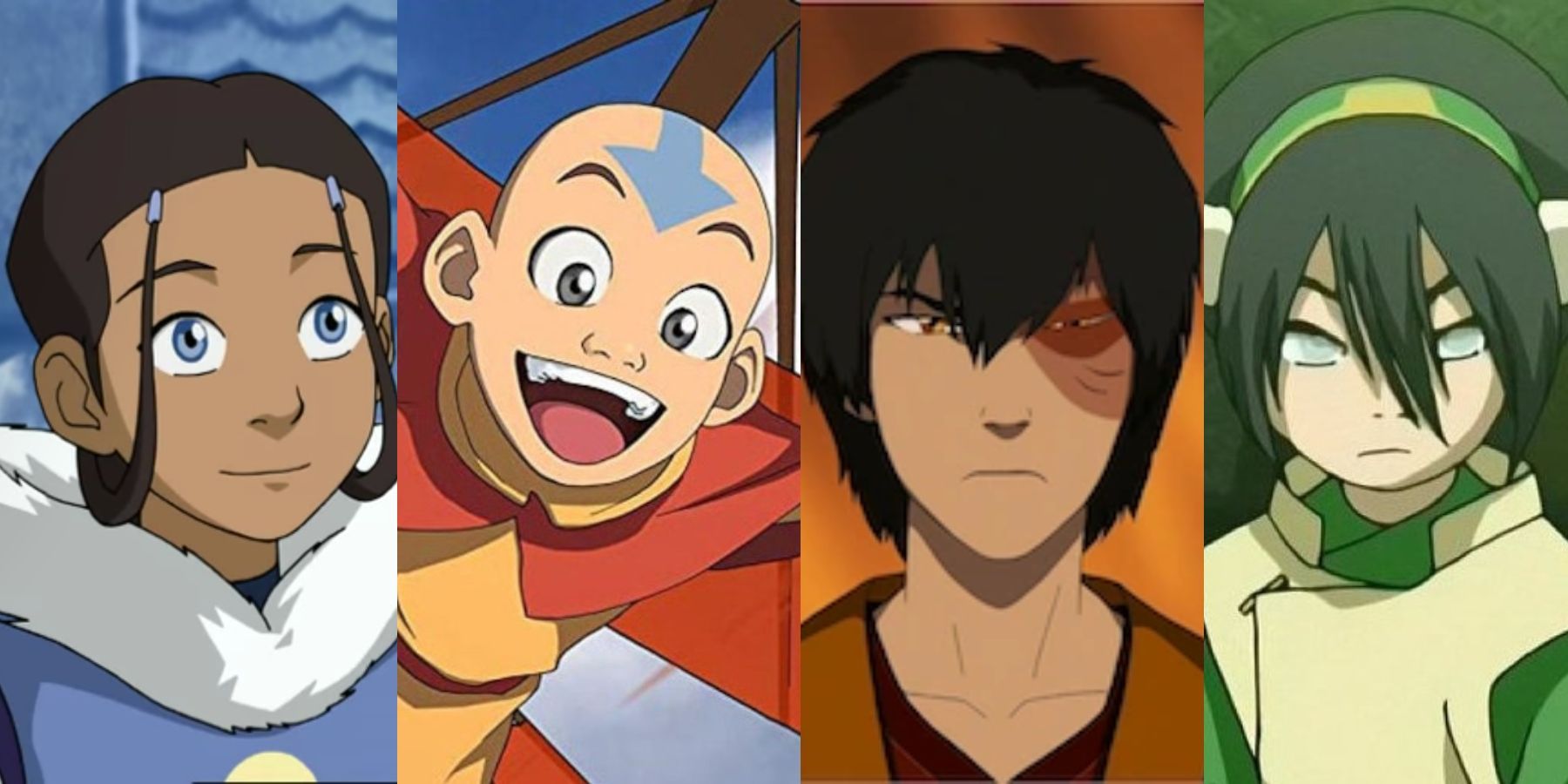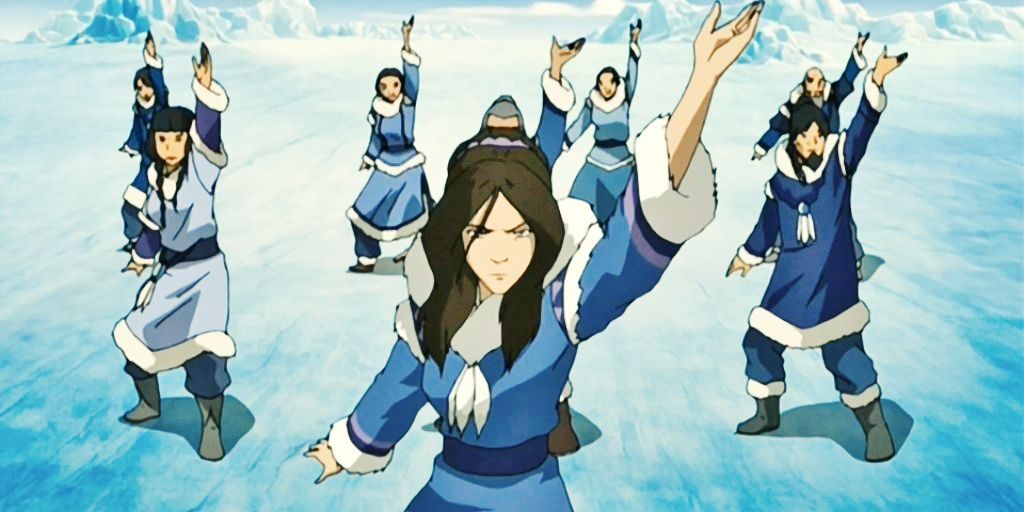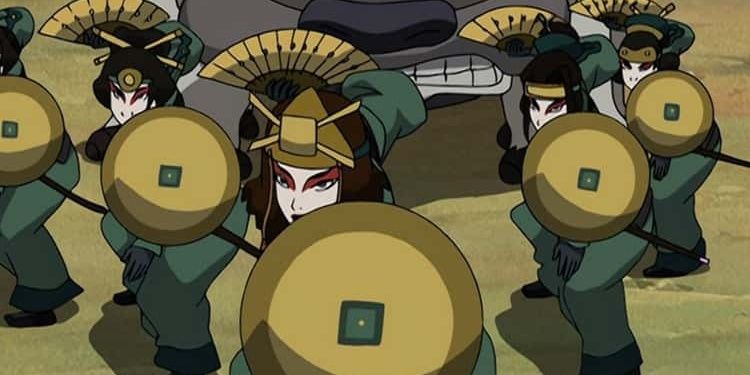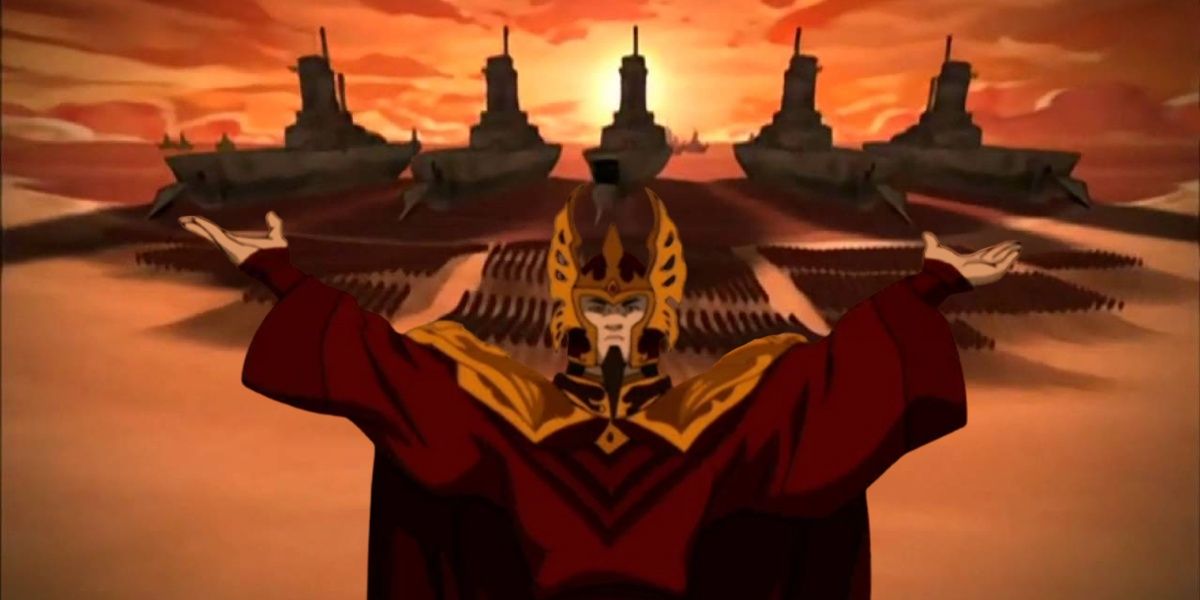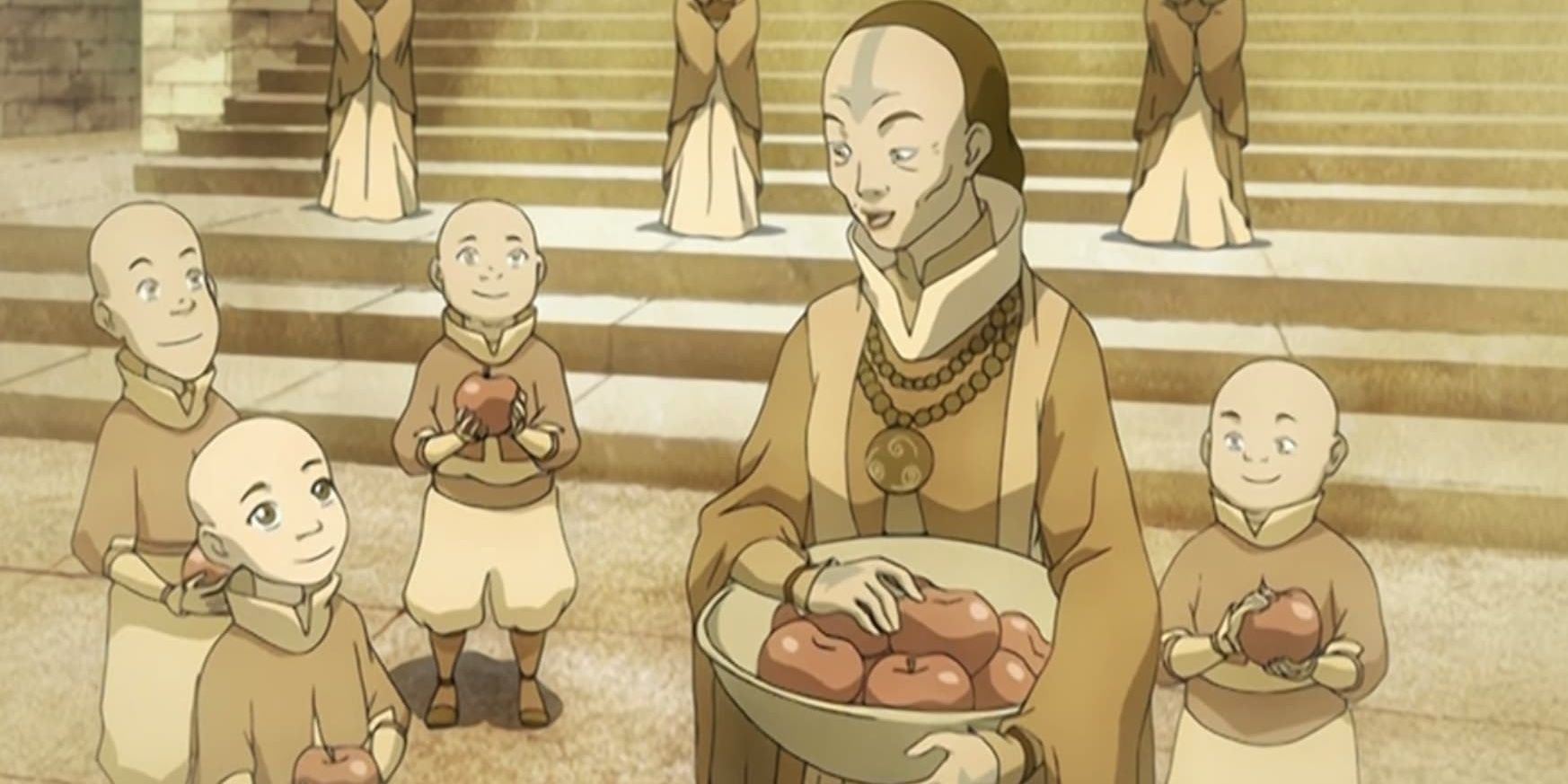The key to a great fantasy story is good worldbuilding, as the fictional world and culture that is created can really make or break a piece of media. If it's not detailed enough, the world won't feel real or lived-in, which can take people out of the story. If it's too detailed and complex, people might have trouble following the story and get too bogged down in the minutiae. There are many stories that have managed to perfect their worldbuilding in a way that has made the story iconic. Things like Lord of the Rings or Star Wars come to mind when talking about fictional worlds that have stood the test of time.
Avatar: The Last Airbender also has beloved and iconic worldbuilding. The description of the four nations that make up the world and the history behind the events of the story are part of the opening, which is something that anyone who has spent time watching the whole show can probably recite word-for-word. The four nations are integral to the plot of the story, and each place and culture gets a bit of a feature throughout the run of the show. But what exactly are the four nations, and what makes each of them unique?
The Water Tribe
The Water Tribe is where ATLA begins, and two of the main characters of the show - Katara and Sokka - are a part of this culture. The Water Tribe is not just confined to one area; there are actually two separate divisions of the tribe, located at the North and South Poles. The term "Water Tribe" refers to the clan of people who live in these areas and practice waterbending (though non-benders are also a part of the water tribe, this is the nation that has naturally-born waterbenders). There is also a small sect of waterbenders living in The Foggy Swamp in the Earth Kingdom who also practice plantbending. The members of the Water Tribe are generally peaceful and resilient, and they live their lives in touch with nature. It is the least powerful nation, mainly due to its location and population size, both of which are smaller than the Earth Kingdom and Fire Nation.
The Northern and Southern Water Tribes have slightly different cultures and beliefs. For example, the Northern Water Tribe did not allow women to practice waterbending (or even choose their own spouse) for a very long time. Each tribe is traditionally led by a Chief, though the Southern Water Tribe saw a long gap in leadership during the Hundred Year War because all of the able-bodied men went off to fight. Due to the cold climate of the two Water Tribes, the traditional clothing and style of the nation is built for keeping warm. Citizens usually wear a blue anorak and pants that are lined with fur, as well as thick mittens and mukluk boots. The Water Tribe is based off of real-life Indigenous peoples such as Inuit and Yupik cultures, which is reflected in their clothing and traditions. Other notable figures from the Water Tribe include Avatar Kuruk, Princess Yue, Chief Tonraq, and Avatar Korra from The Legend of Korra.
The Earth Kingdom
In terms of geography and population size, the Earth Kingdom is the largest nation of the four. Members of the Earth Kingdom include earthbenders, like Toph. The Kingdom is a monarchy and is ruled over by an Earth Monarch, and they are usually based in the city of Ba Sing Se, the capital of the Earth Kingdom. Ba Sing Se plays a major role in the Avatar series, as the main characters spend a lot of time there on their journey (part of which involves them being trapped in Ba Sing Se, which is willfully ignorant to the war outside its walls). While the Earth Kingdom was an empire of its own for quite a while, it was a consistent target for the Fire Nation during the war, and spent a lot of resources fighting back against them.
The clothing and culture of the Earth Kingdom, including the architectural influences, seem to be based on China across multiple different dynasties. The government of Ba Sing Se in particular is similar to the Chinese government under Jinyiwei of the Ming Dynasty, with its focus on propaganda and total control of its inhabitants. The Earth Kingdom is home to the Kyoshi Warriors (of which Suki is a part), an elite group of female fighters whose dress and fighting style is modeled after Avatar Kyoshi, the longest-living Avatar. The people of the Earth Kingdom, much like the element they manipulate, are generally strong and immovable.
The Fire Nation
The Fire Nation is painted as the enemy throughout most of Avatar: The Last Airbender, as the Fire Lord is the main villain and the Fire Nation armies have been trying to take over most other places in the world. The nation is a monarchy, ruled by the Fire Lord, and is where Firebenders reside. It is the strongest nation in terms of economy and power, with a focus on industrialization, which is part of why it became such an empire. The symbols and colors found within the Fire Nation are, naturally, modeled after fire, with lots of reds and stone structures. While the Fire Nation is mainly inspired by East and South Asian cultures, there are also references to Polynesian cultures in elements like the geography, as the Fire Nation includes several small islands.
The Fire Nation puts a lot of importance on respect and honor. The tradition of the Agni Kai comes out of this, as a traditional duel between firebenders for their honor (it was originally meant to be performed without bloodshed, but later morphed into a fight to the death). The Fire Nation is also known for its gender equality, as women have many of the same occupations and roles as men. Women have complete access to higher education and are able to become leaders in society. Well-known members of the Fire Nation in ATLA come from the royal family, including Zuko, his uncle Iroh, his sister Azula, and his father, Fire Lord Ozai.
The Air Nomads
The Air Nomads are the only one of the four nations that no longer exist when Avatar: The Last Airbender begins (though The Legend of Korra begins to restore it once again). The Air Nomads were a peaceful clan of airbenders who lived a monastic lifestyle and were staunch pacifists. They were wanderers, but had four air temples scattered throughout the four corners of the world that they could move between. They used air bison as transportation and were incredibly spiritual, and their culture was very much based on different Himalayan cultures, as well as Buddhist and Hindu practices. Unfortunately, they were virtually wiped out by the Fire Nation in its quest for ultimate supremacy, as they knew that the next Avatar was among their ranks and did not want their power to be challenged. Ironically, the very person they committed mass genocide to get rid of - Aang himself - managed to survive and come back 100 years later to defeat the overarching reach of the Fire Nation.

